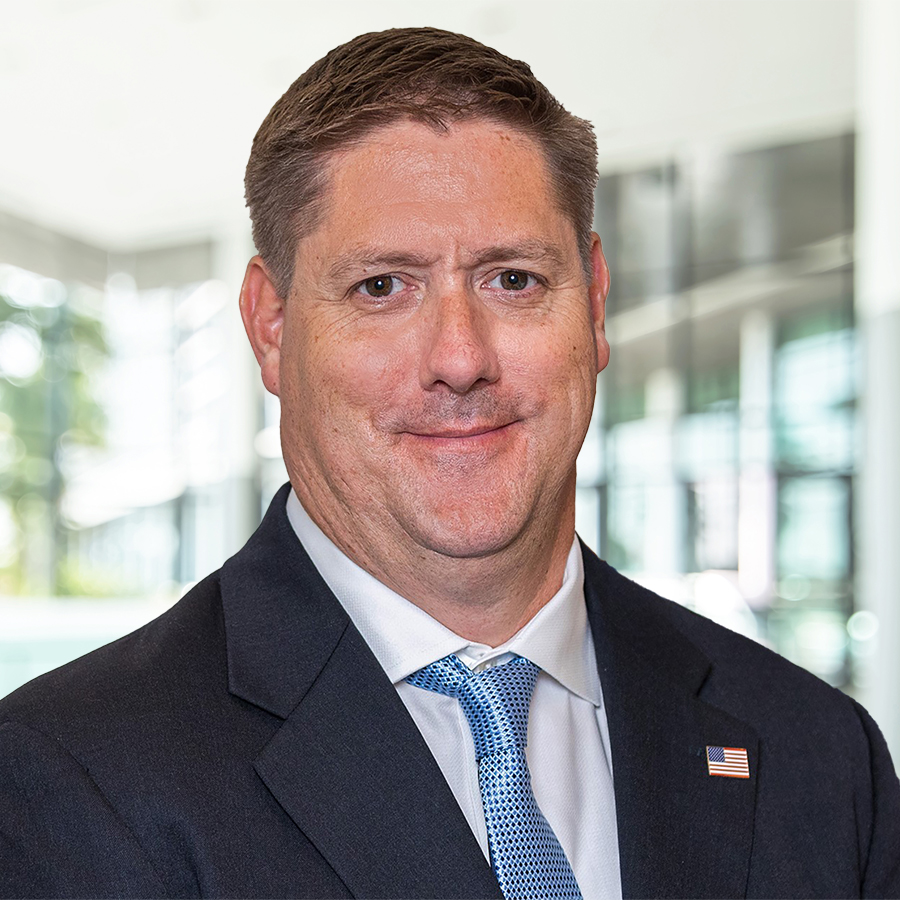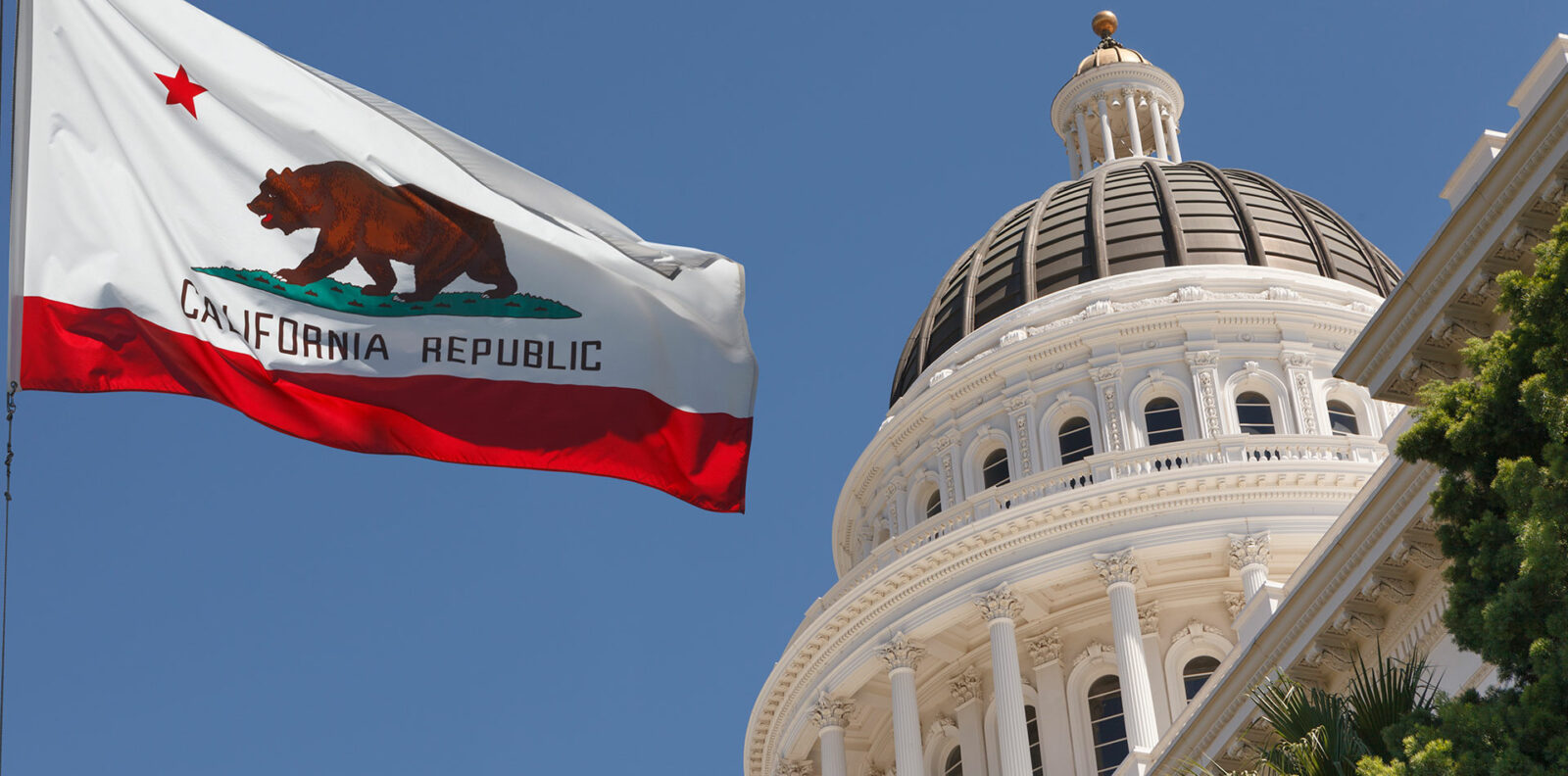The Artificial Intelligence (AI) arms race is upon us, and the Trump Administration is staking out its policy positions regarding American-developed and -deployed AI through a series of recent executive actions, including three separate executive orders and an AI Action Plan. In this policy alert, we’ll dig into the environmental permitting-related elements of these recent policies.
Winning the Race – America’s AI Action Plan
America’s AI Action Plan (Plan) consists of three pillars: innovation, infrastructure, and international diplomacy and security. Of the more than 90 discrete federal policy actions outlined in these three pillars, those under Pillar II (infrastructure) are most applicable to our industry.
Pillar II – Build American AI Infrastructure
Pillar II recognizes the need to accelerate energy production to fuel the rapid growth of AI and its supporting infrastructure. To accomplish this acceleration, the recommended policy actions target permitting data centers, power generation, and transmission. (Note that several of these policy actions are reinforced in the subsequent executive order summarized below.) Key recommendations for this pillar include the following:
- Establish new categorical exclusions to cover data center-related activities.
- Expand the use of FAST-41 to cover all eligible data center and data center energy projects.
- Explore the creation of new nationwide permits for data centers under Section 404 of the Clean Water Act.
- Expedite permitting by streamlining or reducing regulations under the Clean Air Act, Clean Water Act, Comprehensive Environmental Response, Compensation, and Liability Act, and other related environmental laws.
- Make federal lands available for data centers and contributing infrastructure.
- Expand efforts to apply AI to accelerate and improve environmental reviews.
Pillar II also supports a broader consideration of electrical grid reliability, prioritizing the stability of the existing grid and the interconnection of “reliable, dispatchable power sources.” This use of the term “dispatchable” is important in this context as it reaffirms this administration’s preferences for fossil fuels, geothermal power, and nuclear power while excluding renewables like wind and solar. This is further reinforced in the subsequent executive order (EO).
Executive Order 14318 – Accelerating Federal Permitting of Data Center Infrastructure

Following the release of the AI Action Plan, the President issued three separate EOs, including EO 14318, which targets environmental permitting for data centers and supporting infrastructure. The EO focuses on new data center projects that support AI and require greater than 100 megawatts (MW) of new energy , which would capture the largest AI data campuses and hyperscaler facilities. To meet this demand, the EO focuses on “dispatchable baseload” energy sources, such as natural gas, coal power, nuclear power, and geothermal power equipment. Notably, it calls out “backup power supply,” which would seem to capture battery storage but not if it’s tied to wind or solar.
The EO directs agencies to coordinate and identify relevant discretionary funding or financial assistance programs that can be leveraged to invest in domestic AI development and deployment. With those funding sources identified, the EO goes on to direct the following specific actions to facilitate efficient environmental reviews:
- Directs the agencies and the Council on Environmental Quality to create new categorical exclusions for data center projects for qualifying projects.
- Establishes a policy that, for the purposes of qualifying projects under the EO, federal financial assistance that comprises less than 50 percent of the total project costs “shall [be] presumed not to constitute substantial federal control and responsibility,” and is therefore not a “major federal action,” which triggers evaluation under the National Environmental Policy Act (NEPA).
It’s worth unpacking that a bit. Under this new policy, a project receiving up to $3.9 billion in federal assistance on a project with a total budget of $8 billion would not trigger NEPA. This doesn’t mean NEPA won’t apply, as often there will be other federal approvals (e.g., permits, right-of-way authorizations, etc.) that will trigger NEPA. Redefining a “small federal handle” as less than a simple majority of funding will shift the lead agency responsibility away from the funding agency to the regulatory agency. This could have unintended consequences, as funding agencies often have a more holistic view of the project and can help herd the agency cats. When shifting to a regulatory driver for NEPA compliance, that dynamic changes. Furthermore, exempting the funding action from NEPA does not mean that it is not a “federal undertaking” under Section 106 of the National Historic Preservation Act. Without the NEPA umbrella to facilitate compliance with that statute, it will be interesting to see how the agencies adjust their approach in response to this very specific but impactful exemption.
One strategy outlined in the EO that may help ameliorate the coordination issues is the use of the FAST-41 process for qualifying projects. Administered by the Permitting Council, the FAST-41 program requires agencies to commit to a permitting timetable and holds them accountable to meeting those timelines. The EO instructs the Permitting Council Executive Director to add Qualifying Projects to the Permitting Dashboard as “transparency projects” and work with the project sponsors to “cover” those projects under FAST-41. In its most basic terms, a transparency project has a project schedule but is not accountable to that schedule. Once covered under FAST-41, the Permitting Council has tools to encourage timely decision making in line with the permitting timetable.
Consistent with Pillar II of the Plan, the EO goes on to direct the following:
- The Administrator of the U.S. Environmental Protection Agency to identify brownfield and superfund sites suitable for use by Qualifying Projects and to develop guidance that streamlines permitting for eligible reuse of contaminated sites.
- The Secretary of the Army to explore new Nationwide Permits under Section 404 of the Clean Water Act and Section 10 of the Rivers and Harbors Act.
- The Departments of Interior, Energy, and Defense to identify compatible federal lands under their jurisdiction for siting Qualifying Projects.
- The Departments of Interior and Commerce to develop programmatic approaches for compliance with the federal Endangered Species Act for construction of Qualifying Projects on federal lands previously identified in response to the EO.
The policy direction is clear—the President wants more AI infrastructure built as fast as possible and is taking bold steps to clear the decks of environmental permitting challenges. What will be interesting to watch is how the shift from funding lead agency to regulatory lead agency plays out under NEPA and how the Section 106 compliance will be handled. Leveraging the Permitting Council to herd the cats is smart and something that this administration seems to be doing more of, but simply putting dates on a dashboard alone does not deliver the approval. There is still much work to be done, and project sponsors will need to be agile and innovative (in more ways than one) to take advantage of this new policy push.








